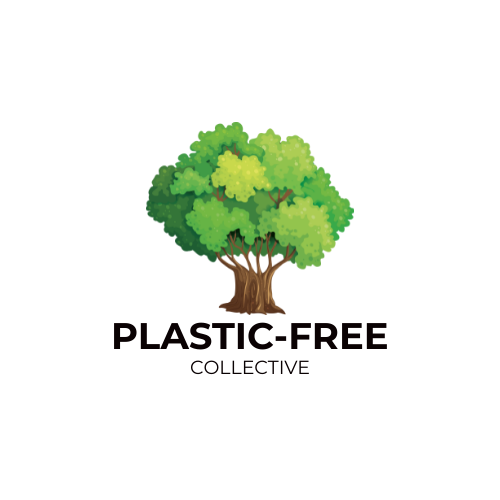Plant-based Milk Cartons: are they really plastic-free?
Read time: 2-3 mins

Plant-based milk cartons have been around for a while. Or at least the marketing has. But over the last few years we have seen a more genuine push for a 100% plastic-free packaging. And what is the impetus? Consumer demand for real eco-friendly packaging of course. And if the customer wants it, the competition begins to innovate. But are they innovating in the right ways? Let’s dig in.
Long ago , before the internet, we had milk bottles made of glass and there were no problems, apart from the obvious inconveniences of weight, storage costs and breakages. Innovation brought in the 100% plastic containers, followed closely by the skyrocketing landfill. And then, somewhere along the line, the “cardboard-like”cartons consisting of paper but also lining made from a polyethylene plastic. While most would think that less plastic would be better, these paper/plastic hybrids are much harder to recycle as the process to separate the materials can be very complex. Pure plastic cartons made from polyethylene (HDPE), so one material, has many more uses such as new containers. In contrast paper-based cartons with plastic lining don’t have many recycling options with a resource-hungry separation process. In short more landfill. Ugh.
Enter plant-based milk cartons, with many brands using sustainably-sourced paper with a bioplastic liner. But what is this liner exactly ? Well, it can be made from all sorts of plant material. For example fermented sugars such as sugar cane and corn. Other sources include starch-based like rice or potatoes.
Here is the groups that make the most common ‘bioplastic’ liners :
Polyhydroxyalkanoates (PHA). What a mouthful! Produced by the fermentation of plant oils or sugars. Compostable and biodegradable but high production costs.
Cellulose-Based Plastics: Derived from a natural polymer in plants. Compostable, but less durable that traditional plastic (for the most part)
Starch-Based Plastics: Made from starchy stuff like corn and potatoes, but are often combined with other materials to be more durable. So it depends.
Bio-PET: Plant based version of polyethylene made from sugar cane and other sources. Can be recycled as a plastic but not compostable.
So are these bioplastic liners better than the traditional petroleum-basic plastic? For the most part they are compostable. And by ‘compostable’ we mean in industrial facilities, not thrown in the garden unfortunately. But compostable nonetheless. And they do release fewer pollutants.
What can you do
- Choose Glass or Metal Possible (Paper is more than paper)
- Support Plant-based milk cartons. Companies respond to their customers!
- Support Brands with Compostable or Plastic-Free Packaging.
- Look for Packaging Certifications and Labels
